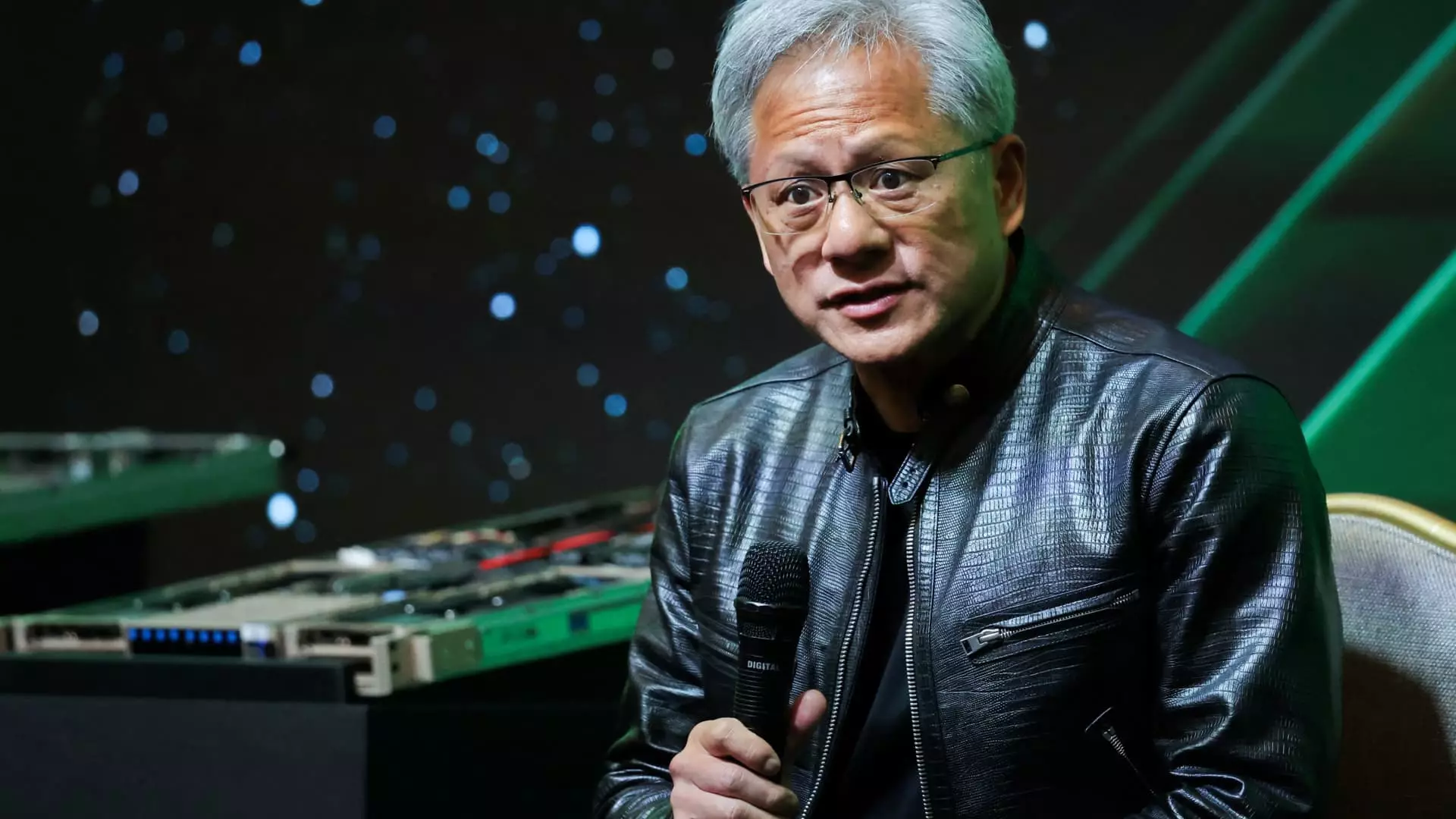As of the end of 2023, Apple, Microsoft, Amazon, and Google stood as the leading global brands, dominating the market with their valuable presence. However, a surprising name emerged as a fierce contender in the race for market cap dominance – Nvidia. With a staggering valuation of $3.1 trillion (briefly reaching $3.3 trillion), Nvidia soared to the top spot, surpassing even Microsoft momentarily. Despite this financial victory, Nvidia’s brand recognition remains lackluster in Interbrand’s latest list, failing to secure a spot among the top 100 iconic names alongside industry giants like McDonald’s, Starbucks, Disney, and Netflix.
The Phenomenon Behind Nvidia’s Ascent
Nvidia’s meteoric rise in valuation, reflecting a ninefold increase since the close of 2022, can be attributed to the unprecedented demand for its graphics processing units (GPUs). These GPUs serve as the backbone of the booming generative artificial intelligence sector, fueling the hype surrounding AI technologies. With over 80% market dominance in chips used for AI software training and deployment, such as ChatGPT, Nvidia has cemented its position as a crucial player in the tech industry. Despite this monumental growth, Nvidia’s disconnect from mainstream consumers has resulted in a significant disparity between its Wall Street allure and Main Street recognition.
Greg Silverman, Interbrand’s global director of brand economics, highlights Nvidia’s branding challenges as it transitions from a product-centric company to a global entity. The lack of strategic focus on brand development poses a significant risk, limiting Nvidia’s long-term revenue potential amidst its market cap heights. While Nvidia’s annual revenue growth has exceeded 200% in consecutive quarters, reaching nearly $120 billion projected revenue for fiscal 2025, the company’s brand recognition lags behind industry counterparts like Apple, Microsoft, Amazon, and Google.
In contrast to Nvidia’s branding struggles, Apple reigns as Interbrand’s top brand, leveraging consumer sales of iPhones and devices for global success. Microsoft follows closely behind with its enterprise software solutions, Microsoft Windows, and Office suite. Amazon positions itself as the go-to online marketplace, while Google serves as the ubiquitous gateway to the internet. The top 10 brands also feature Samsung, Toyota, Mercedes-Benz, BMW, Coca-Cola, and Nike, emphasizing the diverse market presence of established brands across industries.
While Interbrand’s assessment places Nvidia outside the top 100 iconic brands, Kantar BrandZ highlights a shift in Nvidia’s brand value trajectory. Ranking sixth in the most valuable global brands, Nvidia’s brand worth surged by 178% to approximately $202 billion. The brand’s resonance among enterprise buyers parallels Apple’s appeal to consumers, marking a significant milestone in Nvidia’s branding journey. Despite limited mainstream recognition, Nvidia’s influence in the B2B sector underscores its relevance and impact, as acknowledged by industry experts.
Since its inception in 1991, Nvidia has undergone a remarkable transformation from a niche graphics chip manufacturer to a pivotal player in the AI and gaming industries. While initially recognized for its GeForce brand and contributions to gaming, Nvidia’s foray into AI chips and data center GPUs has propelled its market growth. With partnerships with major tech corporations and a surge in brand awareness among investors, Nvidia’s brand trajectory signifies a promising future in the competitive tech landscape.
Nvidia’s journey as a brand reflects the dynamic nature of the tech industry, balancing financial success with strategic branding imperatives. While Wall Street recognizes Nvidia’s market dominance and revenue potential, Main Street awaits a more pronounced brand identity to resonate with a broader audience. As Nvidia navigates the complexities of brand development, its positioning among global brands offers a compelling narrative of growth, innovation, and market impact.

